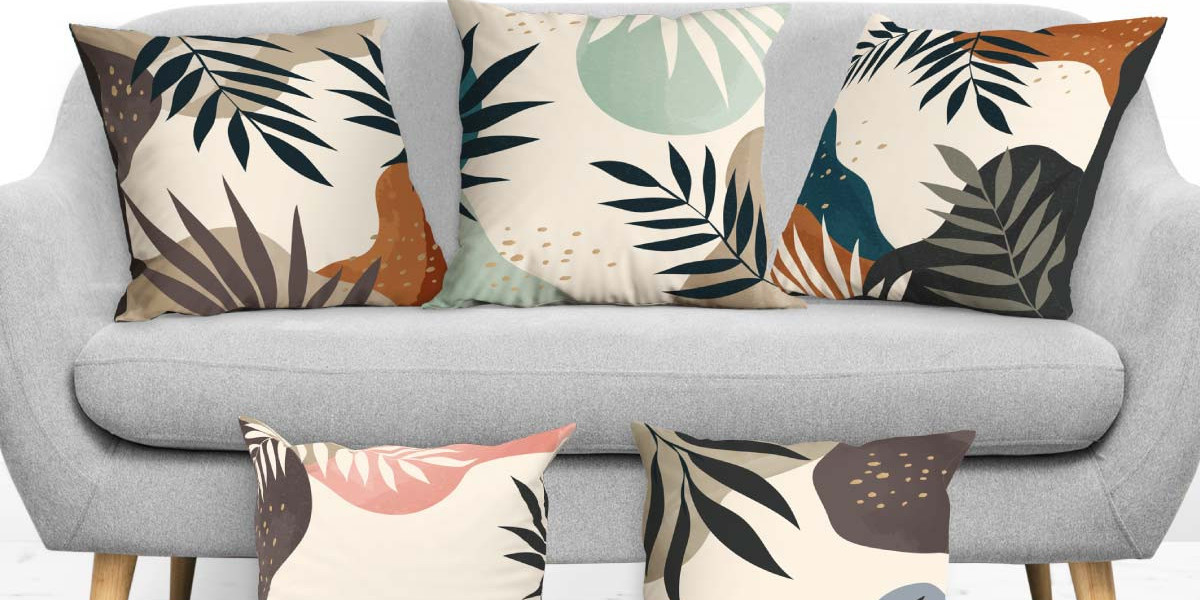In the world of interior design, vintage furniture and minimalist aesthetics might seem like an unlikely pairing. Vintage pieces are often rich with history, intricate details, and a sense of nostalgia, while minimalism champions simplicity, clean lines, and an uncluttered space. However, when thoughtfully combined, these two styles can create a unique and harmonious interior that balances warmth and clarity. Here's how to blend vintage furniture with minimalist aesthetics to achieve a timeless and visually striking look.
1. Embrace the "Less is More" Philosophy
When incorporating vintage furniture into a minimalist design, its essential to adopt the "less is more" mindset. Minimalism thrives on intentionality, so focus on curating a small selection of vintage pieces that truly speak to you. Instead of filling your space with multiple ornate items, choose one or two standout vintage furniture pieces that can serve as focal points.
For example, a mid-century modern armchair with clean lines can become the star of a minimalist living room. Let the piece breathe by surrounding it with open space and avoiding overcrowding with other furniture or decor.
2. Prioritize Quality Over Quantity
Minimalism and vintage curation both celebrate craftsmanship and quality. Vintage furniture, particularly from eras like the mid-century modern period, often features superior materials and attention to detail. Look for pieces made from solid wood, genuine leather, or high-quality upholstery that have stood the test of time.
By prioritizing well-crafted vintage items, youre not only aligning with minimalisms focus on longevity but also adding character and uniqueness to your space.
3. Opt for Neutral Color Palettes
One way to seamlessly blend vintage furniture into a minimalist space is to stick to a neutral color palette. Minimalist interiors often rely on whites, beiges, grays, and muted tones to create a sense of calm and simplicity. When selecting vintage pieces, choose those in complementary colors or tones that blend harmoniously with your existing palette.
For instance, a vintage oak dining table with a natural finish pairs beautifully with white walls and black metal chairs. Similarly, a neutral-toned vintage rug can anchor a minimalist room without overwhelming it.
4. Focus on Functionality
Minimalism is all about functionality, and vintage furniture can align perfectly with this principle. Many vintage pieces were designed with practicality in mind, making them ideal for a minimalist home. Think of pieces like an antique credenza that doubles as storage or a vintage desk that serves as both a work surface and a statement piece.
When choosing vintage furniture, ask yourself how the item will serve your daily life. Does it offer storage, seating, or a surface for activities? Pieces that combine beauty and function will feel right at home in a minimalist space.
5. Balance Textures and Materials
One of the key ways to merge vintage furniture with minimalist aesthetics is by balancing textures and materials. Minimalist spaces often rely on smooth, sleek surfaces, but vintage furniture can introduce warmth through rich textures and natural materials.
For example:
- A vintage velvet armchair can add softness to a minimalist bedroom with crisp white linens.
- A rustic wooden coffee table can contrast beautifully with a polished concrete floor.
- A wrought-iron bed frame can bring an industrial edge to a room with minimalist decor.
By combining different textures, youll create a space that feels both clean and inviting.
6. Highlight Unique Features
vintage decoration often comes with unique details that set it apart, such as intricate carvings, patina, or unusual shapes. In a minimalist space, these features can become powerful design elements. Highlight the uniqueness of your vintage pieces by giving them room to shine.
For example, place a vintage sideboard with brass hardware against a plain white wall to draw attention to its craftsmanship. Avoid surrounding it with too many competing elements to ensure its details remain the focus.
7. Layer With Modern Minimalist Decor
To ensure your vintage furniture doesnt feel out of place, layer it with modern minimalist decor. For instance:
- Pair a vintage armchair with a sleek, modern floor lamp.
- Place a minimalist vase or sculpture on an antique console table.
- Hang abstract art above a vintage dresser to create a balanced aesthetic.
This combination of old and new adds depth and character to your space while maintaining the minimalist vibe.
8. Keep the Space Uncluttered
One of the biggest challenges when incorporating vintage furniture into a minimalist aesthetic is avoiding clutter. Vintage pieces often carry a sense of history, and it can be tempting to surround them with other vintage decor. However, minimalism calls for restraint.
Keep your space uncluttered by:
- Limiting the number of decorative items.
- Using hidden storage solutions to reduce visual noise.
- Leaving negative space around your furniture to maintain a sense of openness.
9. Use Lighting to Enhance the Ambiance
Lighting plays a crucial role in blending vintage furniture with minimalist aesthetics. Choose simple, modern light fixtures that complement your vintage pieces without overpowering them. Warm, soft lighting can highlight the textures and details of vintage furniture while maintaining the serene atmosphere of a minimalist space.
For example, pendant lights with clean lines can hang above a vintage dining table, or a simple wall sconce can illuminate an antique mirror.
10. Trust Your Instincts
Ultimately, blending vintage furniture with minimalist aesthetics is about creating a space that feels authentic to you. Trust your instincts when selecting pieces and arranging your space. If a vintage item brings you joy and fits the overall aesthetic, its worth including.
Conclusion
Combining vintage furniture with minimalist aesthetics is a rewarding way to create a home that feels both timeless and modern. By Curation of vintage furniture pieces, balancing textures and materials, and embracing a neutral palette, you can achieve a harmonious blend of old-world charm and contemporary simplicity. With a thoughtful approach, your space will tell a story thats uniquely yoursa story of history, craftsmanship, and a love for beautiful design.






